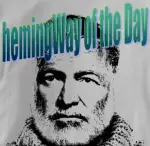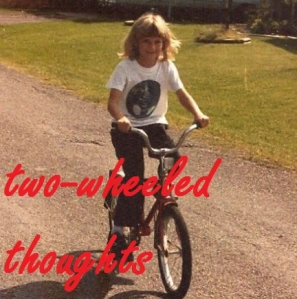Mystery, romance, conspiracy, family drama, natural history and art combine in this excursion into a decades-old suspicious death in the swamplands of northern Florida.

Loni was 12 years old when her beloved father headed into the northern Florida marsh in his johnboat and did not return. At 36, she is working her dream job as a natural history artist at the Smithsonian, ignoring her past and her remaining family as hard as she can, until her younger brother calls to insist she come home to help care for their mother. The Marsh Queen, Virginia Hartman’s fast-paced, compelling first novel, sees the prodigal daughter return to the swamps, the family she left behind, the mystery of her father’s death and the possibility of a fresh start.
“Daddy wasn’t just a visitor to the swamp, he was a part of the place.” Loni’s father, Boyd, was a Fish & Game officer, a fisherman, a devoted husband and father and a most unlikely suicide, although that was the rumored–and covered up–cause of his death. Loni was his usual companion in the swamps, uninterested in fishing but a passionate and talented illustrator of the birds they watched together. As an adult, she’s kept that passion, but grown distant from her brother and especially from her always-prickly mother, Ruth, now suffering from dementia. A serious gardener and herbalist, Ruth struggles with painful secrets long kept from her daughter. Loni’s leave of absence from the Smithsonian comes at an especially stressful time at work, and returning home is always painful; nothing about this trip feels right. But Loni canoes the swamps, discovers family secrets, investigates her father’s death, finds herself involved in fresh intrigues and dangers–and meets a handsome stranger. The Smithsonian, and leaving Florida behind, have always been central to Loni’s life plan, but as she sinks back into the quirks of family and home, she may just find a new way.
Hartman’s descriptive writing and clear passion for her subject are on best display when Loni immerses herself in the natural environment, in her art and in her memories of Boyd. In her contemporary relationships, Loni can be frustratingly obtuse and lacking in self-awareness. As the enigma around Boyd’s suspicious death gets more complex, the plotting can feel a little unwieldy. But the subversion of Loni’s expectations is frequently refreshing; a few secondary characters offer intriguing perspectives, and the novel’s framing details of Florida marshland, ornithology, museum work and fine art are expertly and beautifully drawn. The Marsh Queen is unwavering in its lush, finely detailed, appreciative portrayal of a distinctive natural setting, and ends on a redemptive, even inspirational note.
This review originally ran in the July 1, 2022 issue of Shelf Awareness for the Book Trade. To subscribe, click here.
Rating: 5 herons.
Filed under: book reviews | Tagged: misc fiction, nature, Shelf Awareness, thriller, visual arts | Leave a comment »
















